America's history is fascinating, but it also has some deeply painful parts.
One of the worst is the period of American slavery, when millions of African-Americans were enslaved and forced to live and work under brutal, dehumanizing conditions.
The institution started before the American Revolution and wasn't abolished until 1863. During this time, men, women, and children suffered horribly.
However, these individuals were smart, resourceful, and determined. By the 19th century, secret routes leading from the southern states into the north and Canada had been established to shuttle escaping slaves to freedom.
Known as the Underground Railroad, this network was managed by both black and white Americans.
By 1850, it's estimated that it helped 100,000 slaves to freedom. Major figures of the Underground Railroad included abolitionist Harriet Tubman, as well as many churches and clergy.
Naturally, this secret network of paths, routes, and safe houses needed to be kept very, very secret. So secret, sometimes, that they couldn't even be spoken about.
Instead, secret codes and symbols were created to convey information to both escaping slaves and their allies. Secret codes have been used to convey precious information since ancient times, and also appeared during the American Revolution in the form of a written cipher.
One legendary code was the quilt code. Although historians are divided about the historical validity of the quilts, the idea is that quilt patterns would be used to signal fugitives while appearing to just be ordinary quilts, the kind stitched by skilled craftswomen every day.
Read on to discover the code that may have helped thousands of people to freedom.
Cover images via Craftwitchy and Matt and Shari
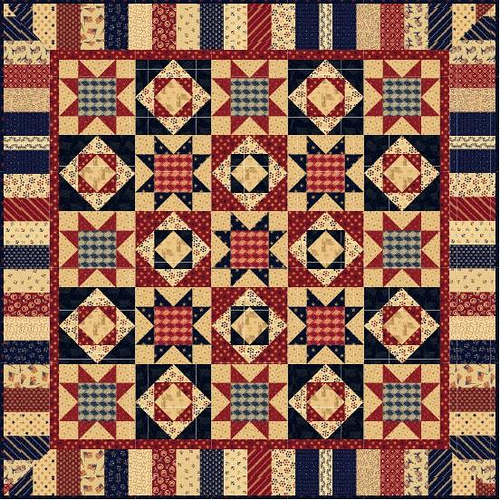
Legend has it that escaping slaves and their allies would use quilts to communicate with one another along the Underground Railroad.
Using an assortment of unique patterns, these quilts detailed which routes to take, potential obstacles up ahead, and even what to pack.
When hung from a porch or laundry line, these quilts didn't seem suspicious at all — so they could hang in plain sight without any worry!
Historians are still disputing the truth behind these quilts, but the legend of clever, resourceful, and compassionate people working to save families has resonated with generations.
Quilt Code #1: The Carpenter's Wheel
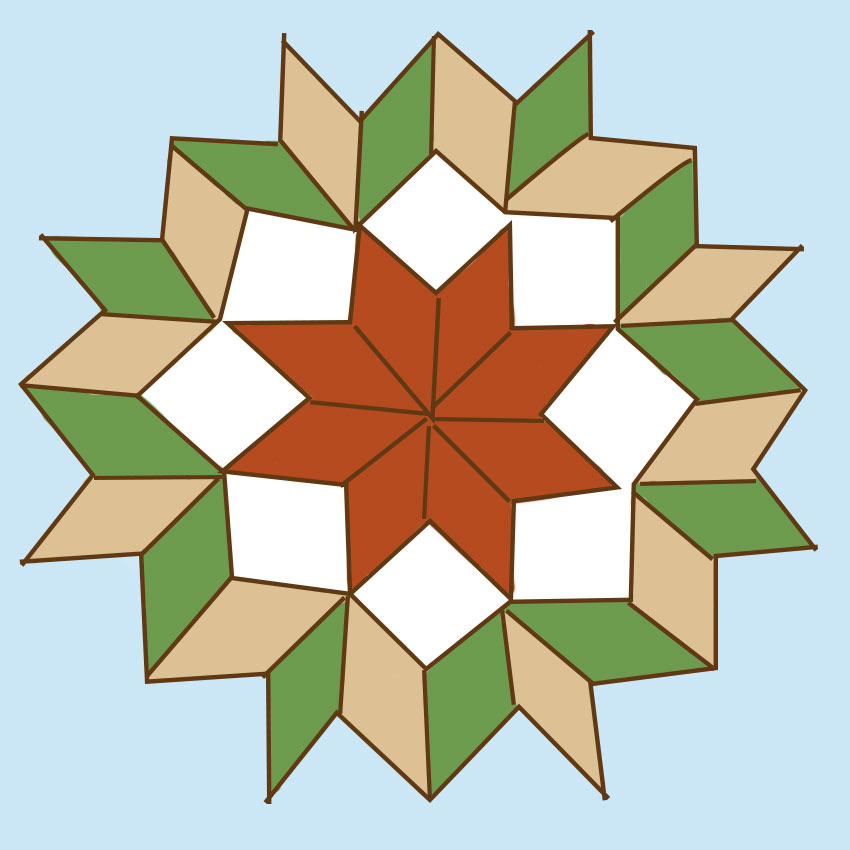
This was used as a signal for slaves planning an escape. It meant to gather the tools they'd need for their journey.
It was also said to signal that a wagon was nearby that would smuggle fugitives from one point to the next.
Quilt Code #2: The Monkey Wrench
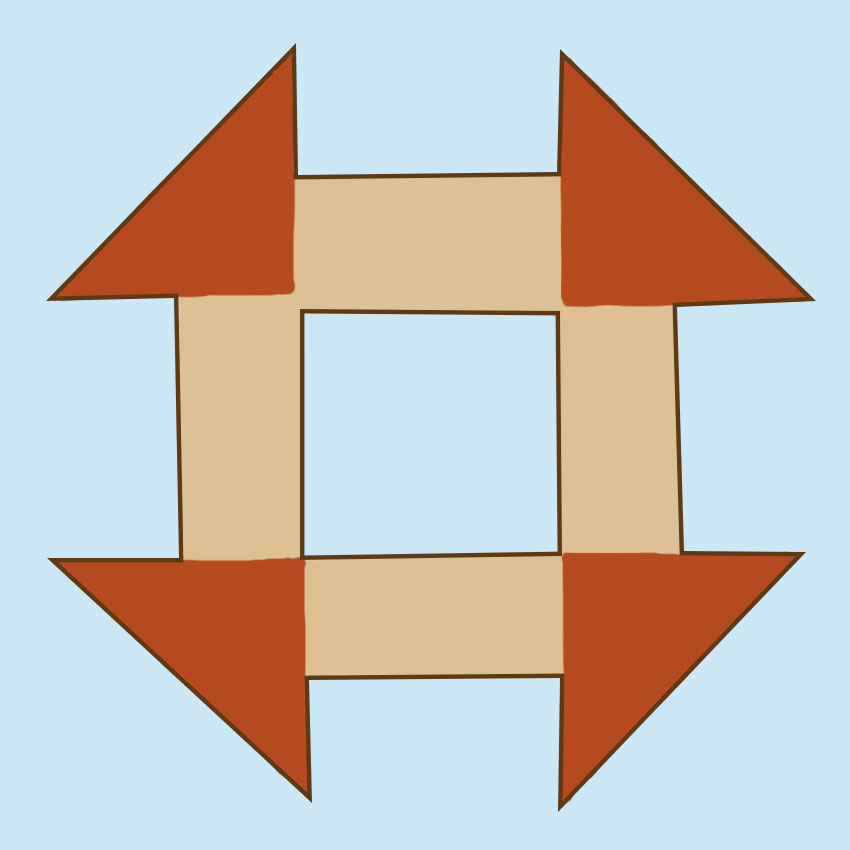
Like the Carpenter's Wheel, this was also a symbol of preparation, advising people to collect tools and supplies for a long journey.
Quilt Code #3: The Crossroads

This pattern referred specifically to Cleveland, OH, which was an Underground Railroad hub that offered access to various points.
It may have also referred to other intersections or choices, such as to which route to take.
Quilt Code #4: The Bear's Paw
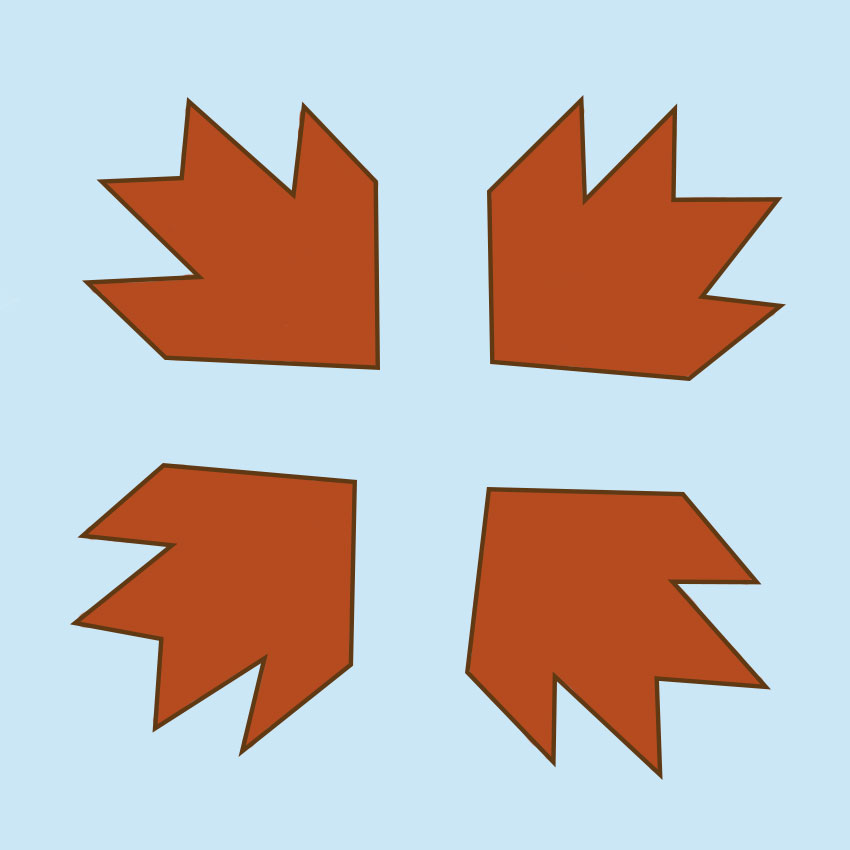
This symbol served as a warning to take a mountain path hidden in the woods, perhaps because more well-known trails and roads would be too dangerous.
It also signaled actual bear paths, which often led to places where water and food could be foraged.
Quilt Code #5: The Bowtie
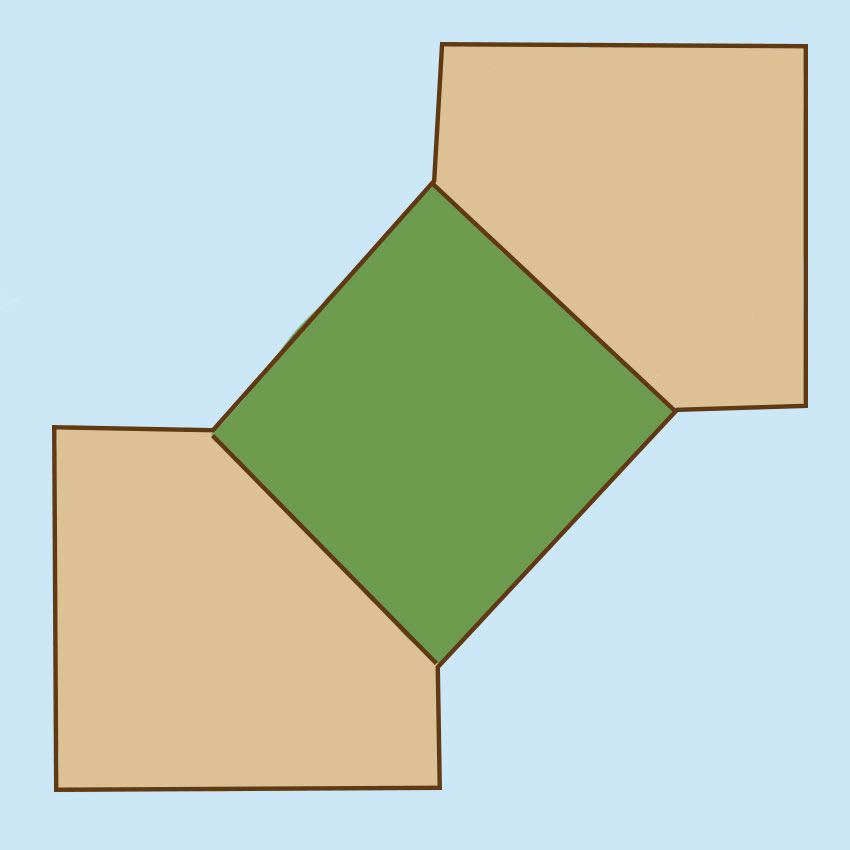
Resembling a formal bowtie, this block meant that escaping slaves should wear different clothing to avoid detection, usually by dressing in fancier clothing.
It may have signaled a safe house where they could get the clothing, or a place where they would need to be in disguise.
Quilt Code #6: The Shoofly
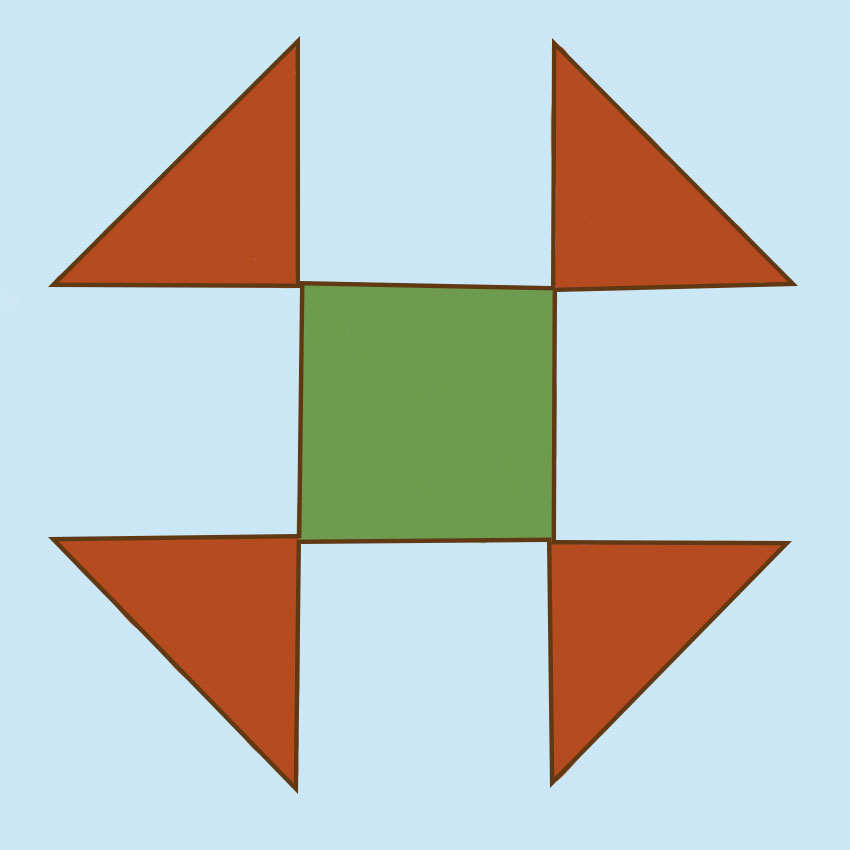
This symbol was used to identify someone who would provide assistance in some form to escaping slaves.
This person might be a former slave, a white ally, or even a person who was still enslaved themselves.
Quilt Code #7: The Tumbling Blocks
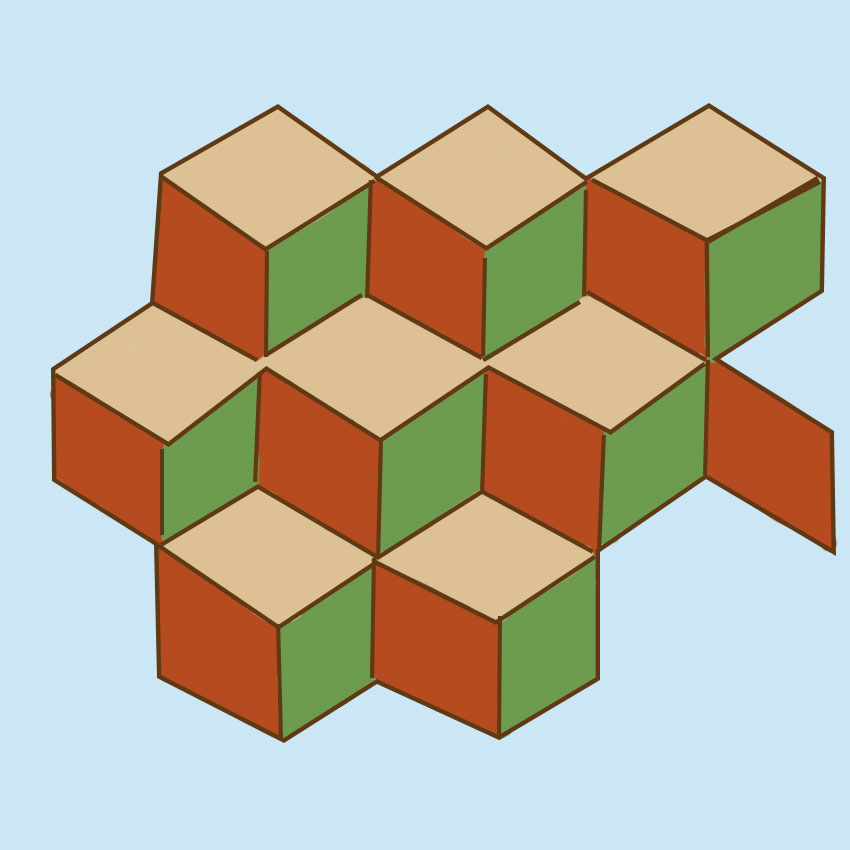
If a quilt with this pattern was hung out on a porch, it meant that it was time to get ready for an escape.
Quilt Code #8: The Broken Dishes

This design supposedly meant that the trail ahead would be marked by a piece of pottery.
Like a quilt hanging on a line or off a porch, a bit of broken ceramic would look ordinary and innocuous to those who didn't know and wouldn't arouse suspicion.
Quilt Code #9: The Britches
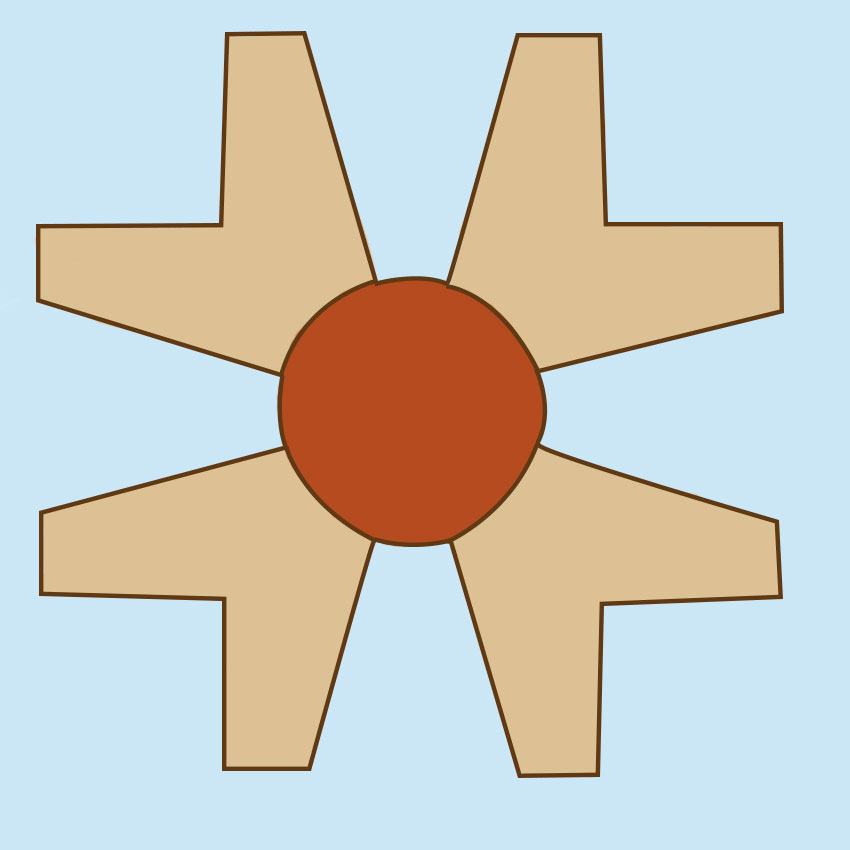
Like the bowtie, this symbol also meant that fugitives should change their clothes, typically to those of a free person, so as to pass through an area undetected.
Quilt Code #10: The Log Cabin
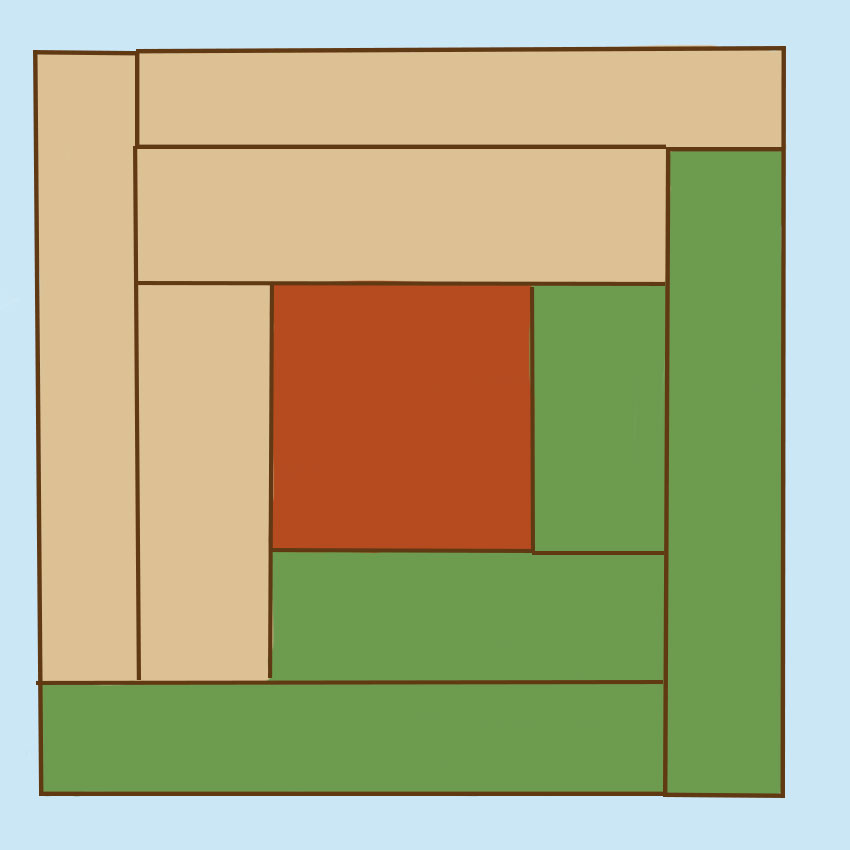
This symbol was not only shown on quilts, but would also sometimes be drawn on the ground to signify a safe house or person.
It could also mean that fugitives should seek shelter in a particular area.
Quilt Code #11: The Wreath Of Roses

A wreath of roses served as a memorial to those who had died along the journey, or before it.
Quilt Code #12: The Drunken Path
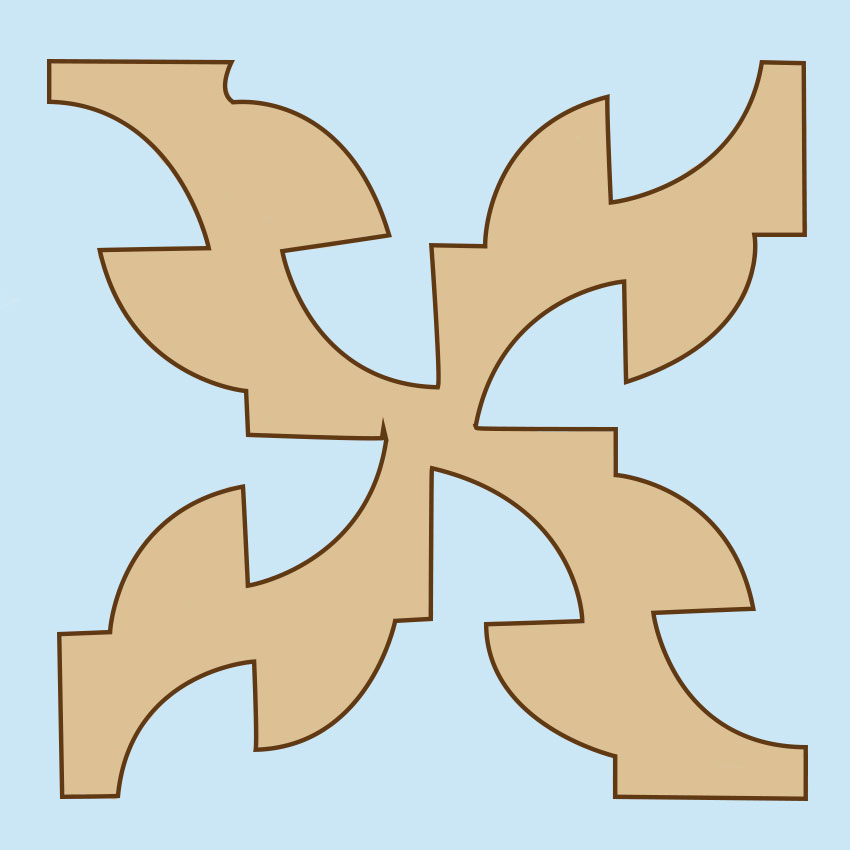
This zig-zag pattern was an advisory to walk in a weaving, serpentine pattern, rather than in a straight line, to throw off trackers who might be pursuing escaped slaves.
Quilt Code #13: The Flying Geese
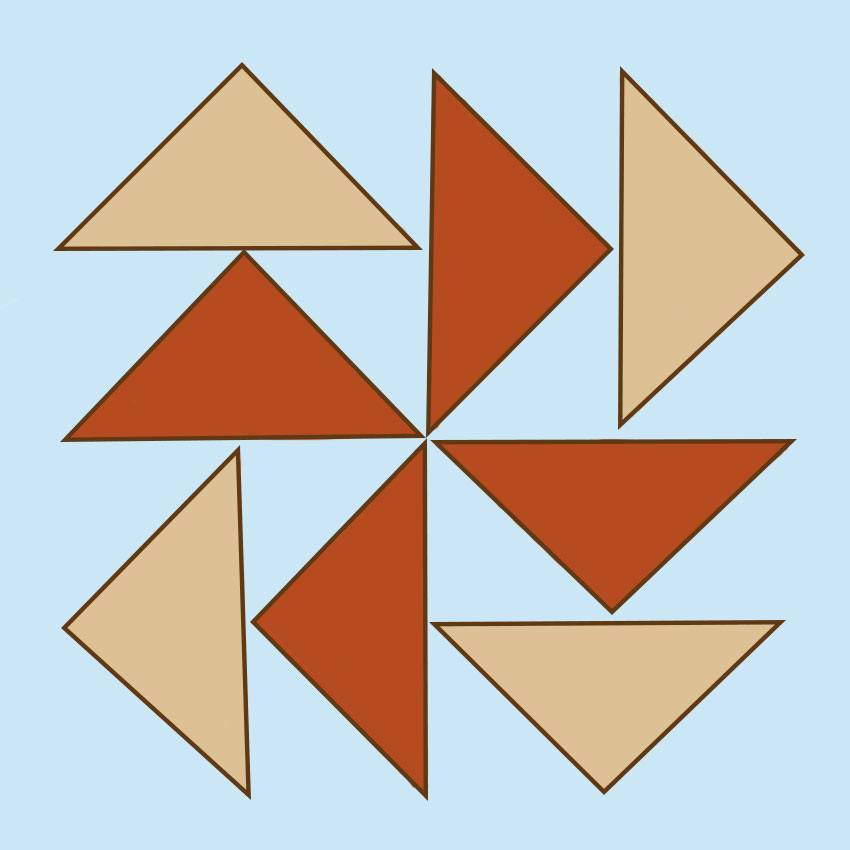
To help escaping slaves navigate through forests and unfamiliar places, this block suggested following the migratory patterns of geese, and it would have been put out during the spring, when the geese fly north.
Songs like "Follow the Drinking Gourd" also contained navigational information. The drinking gourd is the Big Dipper, which appears in the northern sky. It also meant that fugitives should travel at night to avoid detection.
Quilt Code #14: The Northern Star
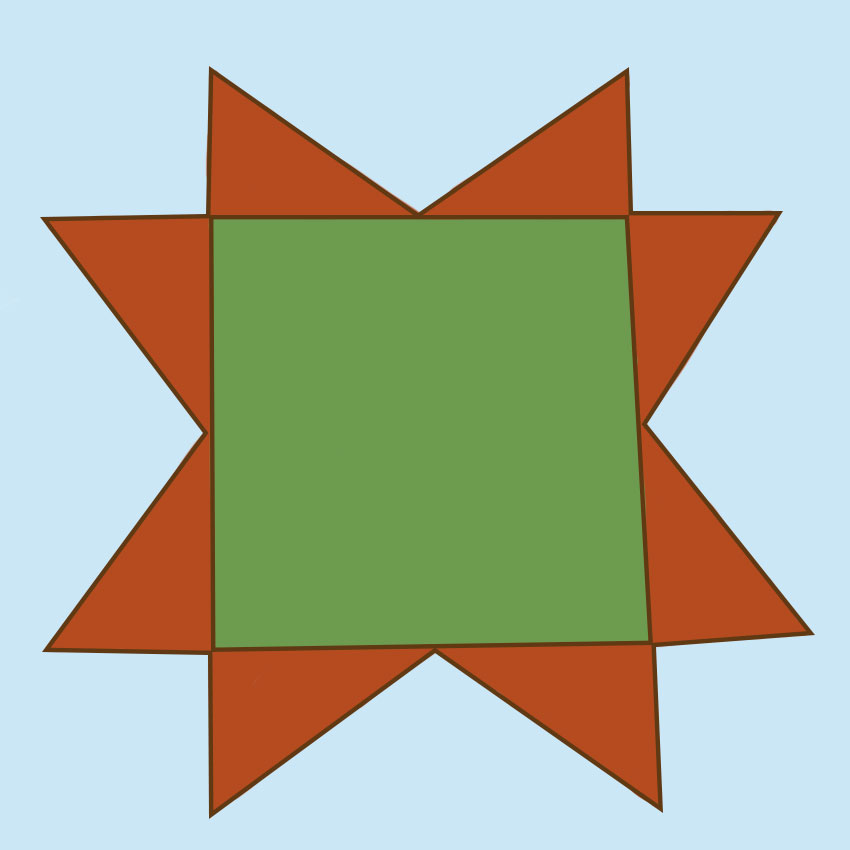
Like the Big Dipper and the spring geese, this star symbol told escaping slaves to head towards the Northern Star, which would lead them to free states and Canada. The latter was the goal of most.

These quilts symbolize the resourcefulness and dedication of all the people determined to find freedom and willing to undergo a long and difficult journey to get it.
The next time you see a quilt, remember some of the secret meanings that give them their rich history, and SHARE with history and quilt lovers alike!




